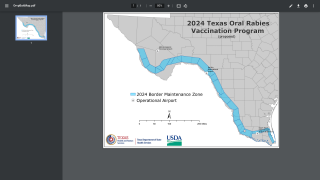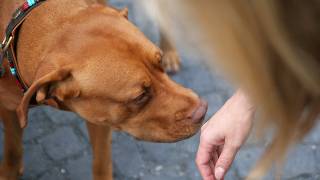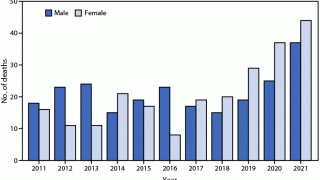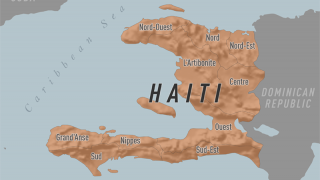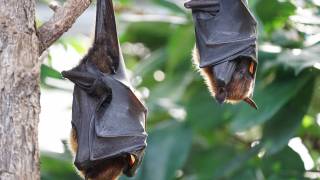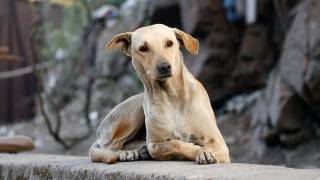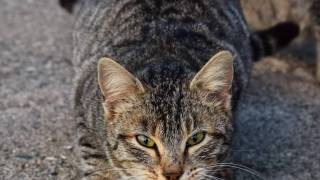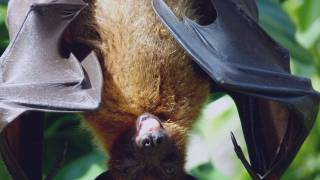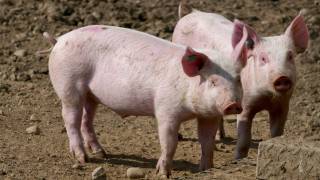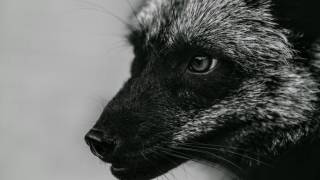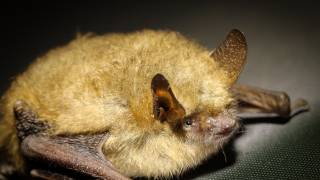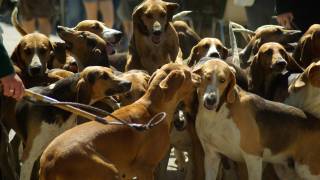Rabies Test Becomes Faster and Cheaper Says CDC
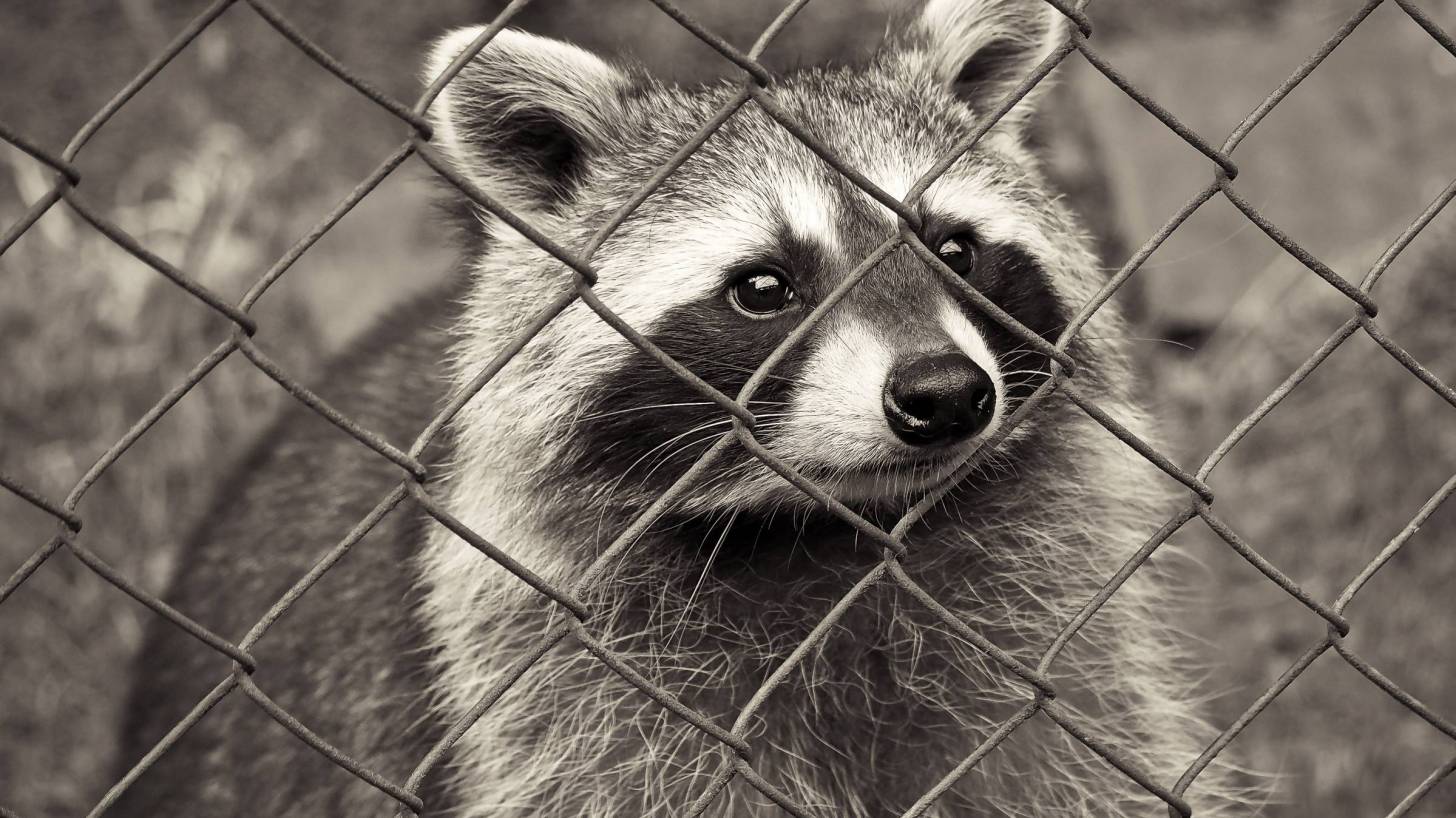
A new rabies test could mean people exposed to potentially rabid animals could forego the weeks-long regimen of shots to prevent the deadly disease.
The new test, designed for use in animals, can more easily and precisely diagnose rabies infection, according to a new study.
The LN34 test is simpler and easier to use than current tests, says the Centers for Disease Control and Prevention (CDC).
Moreover, LN34 could decrease the number of inconclusive and false positive tests, thus eliminating unnecessary vaccine use.
Rabies is a viral disease of mammals that is usually transmitted via the bite of a rabid animal. In the U.S., most rabies cases involve wild animals such as raccoons, skunks, bats, and foxes.
During 2015, 50 states and Puerto Rico reported to the CDC 5,508 cases of rabies in animals and 3 human rabies cases.
During the pilot study, LN34 produced no false negatives, fewer false positive, and fewer inconclusive results.
This means doctors and patients can make more informed decisions about who needs treatment for rabies.
If people are treated within two or three days after being bitten, the human rabies vaccine is highly effective, and victims usually survive.
The current gold-standard for rabies testing in animals is the direct fluorescent antibody (DFA) test, which can only be interpreted by laboratory workers with special skills, extensive training, and a specific type of microscope.
Crystal Gigante, Ph.D., a microbiologist in CDC’s Division of High-Consequence Pathogens and Pathology and the study’s first author, said “The LN34 test has the potential to really change the playing field. Quickly knowing who needs to receive rabies treatment– and who does not – will save lives and families’ livelihoods.”
Experts estimate that rabies testing, prevention, and control cost $245 to $510 million annually in the United States.
LN34 could also offer advantages for testing in the United States. Currently, if rabies tests are inconclusive, the bitten person usually is given rabies vaccine as part of post-exposure prophylaxis, at an individual cost often over $3,000.
The number of post-exposure treatments given in the United States each year is unknown; however, it is estimated to be about 40,000 to 50,000.
The post-exposure schedule for rabies vaccination is three doses, given at the following times:
1st dose: As appropriate
2nd dose: 7 days after the first dose
3rd dose: 21 days or 28 days after the first dose
People at risk for rabies may need vaccination before exposure and include: work as a veterinarian or animal handler, study or explore caves, study the rabies virus,or are traveling to other countries where rabies is common.
For more information, visit the CDC website.
PrecisionVaccinations publishes research-based news on rabies testing.
Our Trust Standards: Medical Advisory Committee


